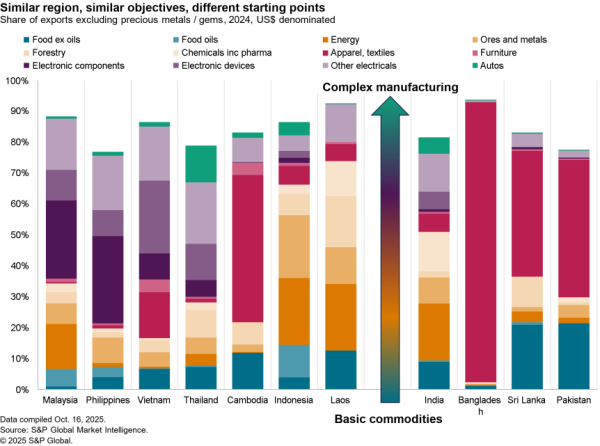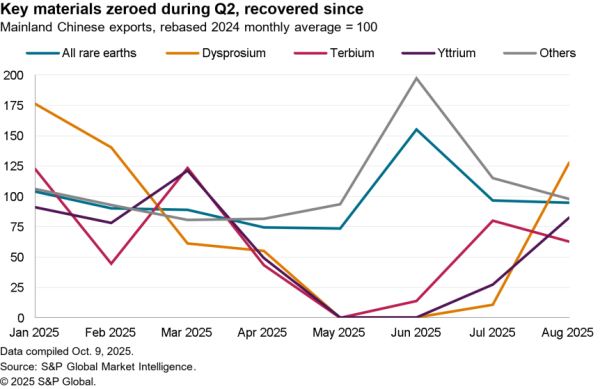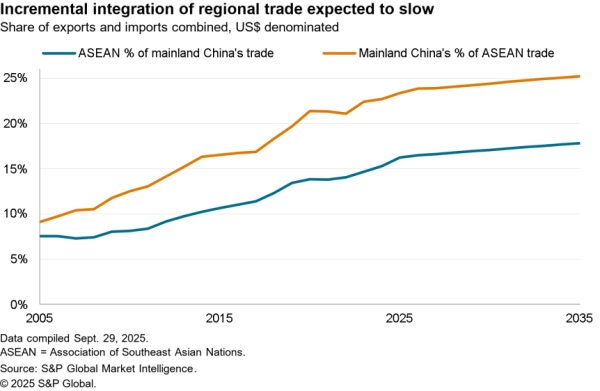On Jan. 21 Panjiva Research took part in Battlefin’s “Auto & Transport Data-rama” event to discuss the performance of the autos industry during the pandemic and the road ahead for logistics, sourcing and the rise of electric vehicles. A recording of the event is available here*. This report addresses the key questions asked and data-points highlighted during the event.
What have you seen in terms of the evolution of the auto supply chain during the pandemic?
The automotive industry was one of the first to be affected by closures of factories in China as well as subsequent upstream challenges with early factory closures. In the second stage there was widespread demand destruction both for parts (fewer miles travelled) and vehicles (reduced consumer spending on out-of-house products).
While a minor recovery in vehicle sales is underway, as outlined in Panjiva’s Jan. 6 research for the U.S., not all manufacturers appear to expect it to continue. Panjiva’s data shows U.S. seaborne imports linked to Daimler and Toyota increased by 53.1% and 33.2% respectively in December while those linked to Nissan dropped by 25.3%

Source: Panjiva
Once initial industrial lockdowns were ended there were still significant disruptions as different suppliers and assemblers got up to speed at different rates. For example the recovery in Mexican parts exports to the U.S. associated with Daimler returned to normal in June while ZF Friedrichshafen and Nissan were a month later.
The disruption of supply chain recovery in the autos sector is ongoing (see below) but looking further ahead we’d expect companies to start discussing their long-term resilience plans. These may include becoming more flexible with increased numbers of counter-parties and increased inventories. A reduced efficiency rate is the likely price of such resilience building but the economic value added of the sector will be unchanged if the lower return on investment is matched by a reduced risk element in the cost of capital.

Source: Panjiva
Looking at where we are now and the next few months, are the automakers getting what they need? Are there any products where there are gaps in the supply chain?
The challenges faced by the automotive industry in Q1’21 reflect the fact that it competes for parts and logistics services with other industries. A particular issue has been the availability of semiconductors after the automakers cancelled orders in mid-2020 and the chip makers refocused on computers and consumer electronics. That’s led to VW and Ford among others having to slow their production of cars.
The autos sector is also having to compete for shipping space with the global surge in consumer demand resulting in port congestion. Total U.S. seaborne imports in the consumer discretionary sector climbed by 34.3% year over year in December while the autos industry increased by 20.8%. Current disruptions could take much of the first quarter of 2021 to dissipate.
The length of supply chains combined with just-in-time inventories have led to some inherent fragilities for individual companies. The recent stack collapse onboard the ONE Apus has likely led to weeks of delays in delivery for some after-market auto parts suppliers based on prior shipping into the U.S. on the vessel.
There’s also a risk of a return to prior problems with a new round of quarantines being applied in China. A seven-day quarantine in Shijiazhuang, China may disrupt parts supplies for Genuine Parts and Toyota with prior imports from the city to the U.S. linked to the two firms.

Source: Panjiva
We’ve had four years of global trade upheaval under President Trump, will the Biden era matter for autos?
There’s likely to be very little change in the short term. Tariff on imports from China will likely remain in place while the Biden administration consults with allies on how to address China’s trade practices. Indeed, it’s not clear that tariffs have had a significant impact on some segments of the automotive industry. For example imports of braking systems from China, which are covered by section 301 duties, climbed 35.8% in Q4’20 versus Q4’17 while those from the rest of the world rose by 8.8%.
The implementation of the USMCA trade deal, which has replaced NAFTA, will continue under the Biden administration with a significant likelihood of increased enforcement of labor provisions under the dispute settlement. The importance of autos to cross-border trade and labor-intensive nature of manufacturing may make it a logical candidate for investigations. That’s unlikely to prevent supply chain managers from considering increased manufacturing in Mexico rather than the rest of the world.
An improvement in relations with the EU could result in lower costs if U.S. steel and aluminum duties under the section 232 program are removed, though carbon border taxes on the EU side may prove a challenge for exports from the U.S. to the EU.

Source: Panjiva
As we look ahead to the shift from gasoline to electric vehicles, what do you see as the major differences in the supply chains?
The manufacturing of electric vehicles is inherently simpler, at least for the final assembler, than for internal combustion vehicles or hybrids with fewer components involved. Yet, that makes it more important to get the basics right as there are fewer areas outside of IP in software and batteries where mass-market manufacturers can differentiate themselves.
The use of fewer suppliers, particularly for batteries, could increase supply chain fragility and may lead manufacturers to colocate battery production with assembly as in the Tesla model.
Decision-makers in the automotive industry will also need to be aware of the state of raw materials, particularly access to lithium and rare earth materials for batteries and motors respectively. Chinese buyers accounted for 33.7% of Chilean lithium exports in the 12 months to Oct. 31 compared to just 4.1% for U.S. importers. The rate of expansion in Chinese demand has also been greater than average with growth of 122.5% in the three months to Oct. 31 compared to total exports which increased by 30.9%.

Source: Panjiva
* Note video password is ><//>




